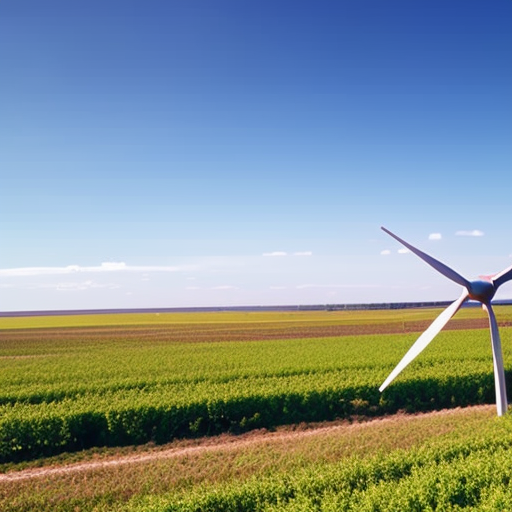Carbon neutrality refers to the state of achieving a balance between carbon emissions and carbon removal from the atmosphere, ultimately mitigating climate change.
Renewable Energy Sources Explained
Renewable energy sources are sustainable alternatives to fossil fuels that harness natural resources such as sunlight, wind, and water to generate clean and environmentally friendly power.
Renewable Energy Explained
Renewable energy refers to sustainable sources of power that can be replenished naturally, such as solar, wind, hydro, and geothermal energy.
Electric Vehicles Explained
Electric vehicles are vehicles powered by electricity instead of fossil fuels, offering a more sustainable and environmentally friendly mode of transportation.
Alternative Fuels Explained
Alternative fuels are non-conventional energy sources that aim to reduce dependence on fossil fuels and mitigate environmental impacts.
Biofuels Explained
Biofuels are renewable energy sources derived from organic materials, offering a sustainable alternative to fossil fuels.
Wind Energy Explained
Wind energy is a renewable source of power generated by harnessing the force of wind to produce electricity.
Solar Energy Explained
Solar energy is the harnessing of the sun’s radiation to generate electricity or heat.
Hydropower Explained
Hydropower is a renewable energy source that harnesses the power of flowing or falling water to generate electricity.
Tidal And Wave Energy Explained
Tidal and wave energy harnesses the power of ocean currents and waves to generate renewable electricity.
Hydrogen Fuel Cells Explained
Hydrogen fuel cells are a clean and efficient technology that convert hydrogen and oxygen into electricity, offering a promising alternative to traditional fossil fuel-based power sources.
Renewable Energy Systems Explained
Renewable energy systems are sustainable and environmentally friendly sources of power that harness natural resources such as sunlight, wind, and water to generate electricity.




















